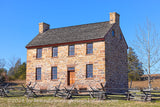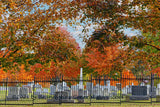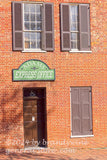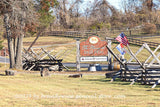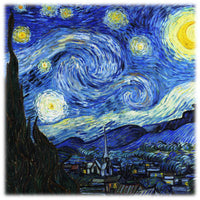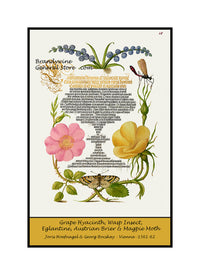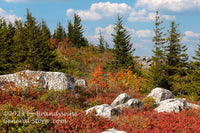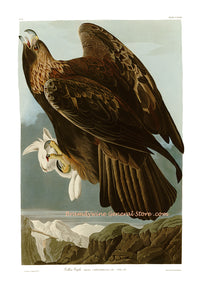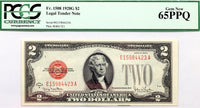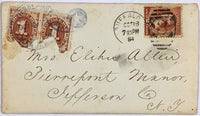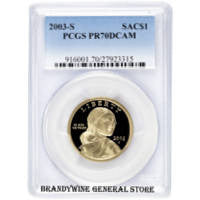Little Owl Art Print by John James Audubon
An archival premium Quality art Print of The Little Owl by John James Audubon for sale by Brandywine General Store. In this picture, Mr. Audubon features a pair of the night birds. The female is on top of a grassy knoll with a common mouse laying on the ground still clutched in her claw. The male is setting overhead in a dead branch with his head turned the opposite direction as if he has no interest in what his mate is doing, or else he is looking out for danger. These two Little Owls were plate or picture number 199 in the in the first Havell edition of the great ornithology book published by John James Audubon. Strix Acadica - Mr Audubon gives the following description of The Little Owl in Birds of America. This lively and beautiful little Owl is found in almost every portion of the United States. I have observed it breeding in Louisiana, Kentucky, and along our Eastern States, as far as Maine, where, however, it becomes scarce, being, as it were, replaced by the Tengmalm Owl, which I have seen as far south as Bangor, in Maine. It is rare in the lower parts of South Carolina, where indeed my friend BACHMAN never observed it. The Little Owl is known in Massachusetts by the name of the "Saw-whet," the sound of its love-notes bearing a great resemblance to the noise produced by filing the teeth of a large saw. These notes, when coming, as they frequently do, from the interior of a deep forest, produce a very peculiar effect on the traveller, who, not being aware of their real nature, expects, as he advances on his route, to meet with shelter under a saw-mill at no great distance. Until I shot the bird in the act, I had myself been more than once deceived in this manner. On one particular occasion, while walking near my saw-mill in Pennsylvania, to see that all was right there, I was much astonished to hear these sounds issuing from the interior of the grist-mill. The door having been locked, I had to go to my miller's house close by, to inquire if any one was at work in it. He, however, informed me that the sounds I had heard were merely the notes of what he called the Screech Owl, whose nest was close by, in a hollow tree, deserted by the Wood Ducks, a pair of which had been breeding there for several years in succession. Audubon bird print #199



